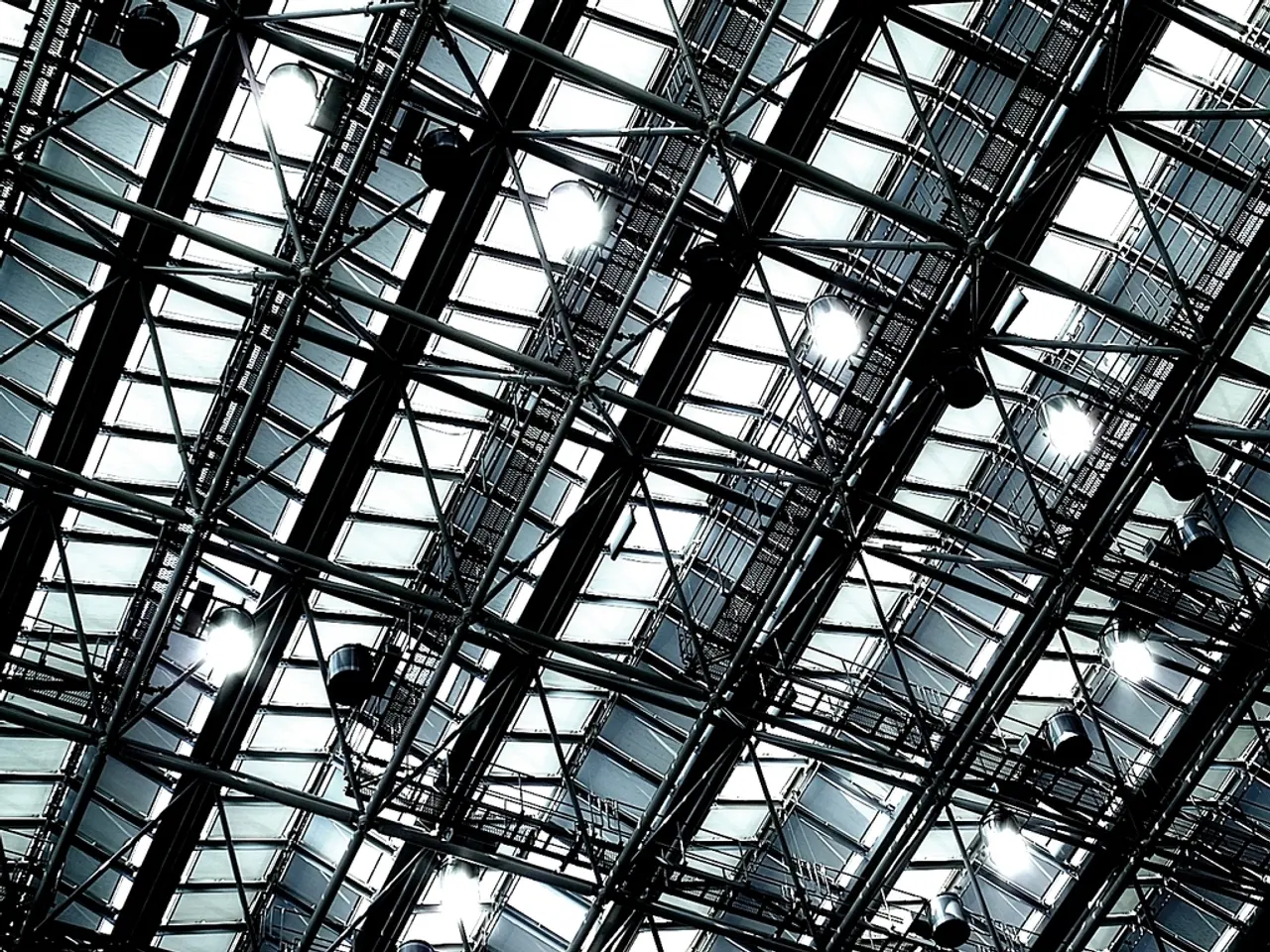Historical Overview of Sheet Metal Roof Shingles in Victorian Architecture
In the 1830s, Victorian-era buildings were primarily adorned with wooden or clay roofing tiles. However, as the era progressed, the landscape of roofing materials underwent a significant transformation, driven by technological advancements and industrial growth.
During the early to mid-19th century, roofing materials were predominantly natural, like wood shingles, which were prone to fire and weather damage. Metal roofing options were scarce and mostly artisanal; sheet metals were used in simple forms, often hand-formed and relatively thin, which limited their durability and widespread adoption.
By the latter half of the 19th century, particularly through the Victorian era, technological advances in rolling mills and metal coating allowed for the production of more uniform and durable metal shingles and sheet metal tiles. These were commonly made from materials such as tinplate (thin steel coated with tin), terneplate (steel coated with an alloy of tin and lead), and galvanized iron, all of which offered better resistance to corrosion and fire compared to earlier options.
Sheet metal tiles during the Victorian era often featured stamped or embossed decorative patterns reflecting the ornate architectural styles of the time, combining aesthetics with the protective benefits of metal roofing. These metal shingles were typically more durable than wooden shingles, providing longer lifespan and improved fire resistance, while also being lighter than traditional slate tiles.
Entering the early 20th century, galvanized steel became more prevalent due to its superior corrosion resistance and strength, enhancing durability especially in exposed climates. Additionally, manufacturing improvements made metal roofing more affordable and accessible. Roofing designs adapted to use larger sheet metal tiles or interlocking panels, improving weather tightness.
Clay roofing tiles, on the other hand, have a long lifespan, especially in areas with low likelihood of high-flying debris impact. However, wooden roofing tiles have the shortest lifespan among Victorian-era roofing materials, susceptible to mold, bacteria, fire, insect infestations, and impact damage. Without modern polymer coatings, wooden roof tiles needed replacement after 10-20 years.
Slate roofing, revered as a pinnacle of roofing style due to its durability and strong style, was not popular during the Victorian era until the late 19th century. Slate roofs built during this period can last at least a century, with the underlying structure wearing down before most of the slate tiles do. Slate roofs are immune to factors that would destroy other types of tiles, like fire.
For those undertaking the restoration of Victorian-era buildings, it's crucial to choose the right tiles and consult with a historic building restoration expert. Heather & Little, a renowned consulting firm, offers guidance on historic metal roof shingles and provides services for tricky restoration projects. They apply a keen attention to detail for all their commissions, ensuring the preservation of historical integrity.
Galvanized steel roofing offers a combination of strength, durability, low weight, and cost-effectiveness, making it a preferred choice for many Victorian and Edwardian architecture restorations. For more information on metal Victorian roof shingles and sheet metal tiles, contact Heather & Little.
Historical references from heritage buildings in Australia from c. 1830s to c. 1910s show corrugated iron roofs becoming common for barns and stores by the early 1900s, reflecting these advances in metal roofing materials and construction methods. Although specific descriptions of Victorian metal shingles in the 1830s are rare, evolving industrial capabilities from hand-crafted to factory-rolled and coated metals is well documented in architectural history. Thus, over this period, the materials evolved from thin, hand-formed tinplate to factory-produced galvanized steel, and the durability improved substantially with better corrosion resistance, fireproofing, and structural integrity, making metal shingles and sheet tiles a preferred roofing solution in Victorian and Edwardian architecture.
In conclusion, the Victorian architectural style emerged in the 1830s and lasted until 1910, and the evolution of roofing materials during this period played a significant role in shaping the architectural landscape. The advent of galvanized steel and the improvements in metalworking techniques led to the production of more durable, aesthetically pleasing, and cost-effective roofing options, revolutionizing the roofing industry.
- During the Victorian era, technological advancements in metalworking inspired the production of long-lasting, decorative metal shingles and tiles, enhancing both the architectural aesthetics and protective functions of these historic buildings.
- As lifestyles evolved in the home-and-garden sector, the demand for roofing materials underwent a transformation, with the popular choice shifting from natural, flammable options to fire-resistant and durable metal shingles, such as tinplate, terneplate, and galvanized iron, that extended the lifespan of historic buildings.






